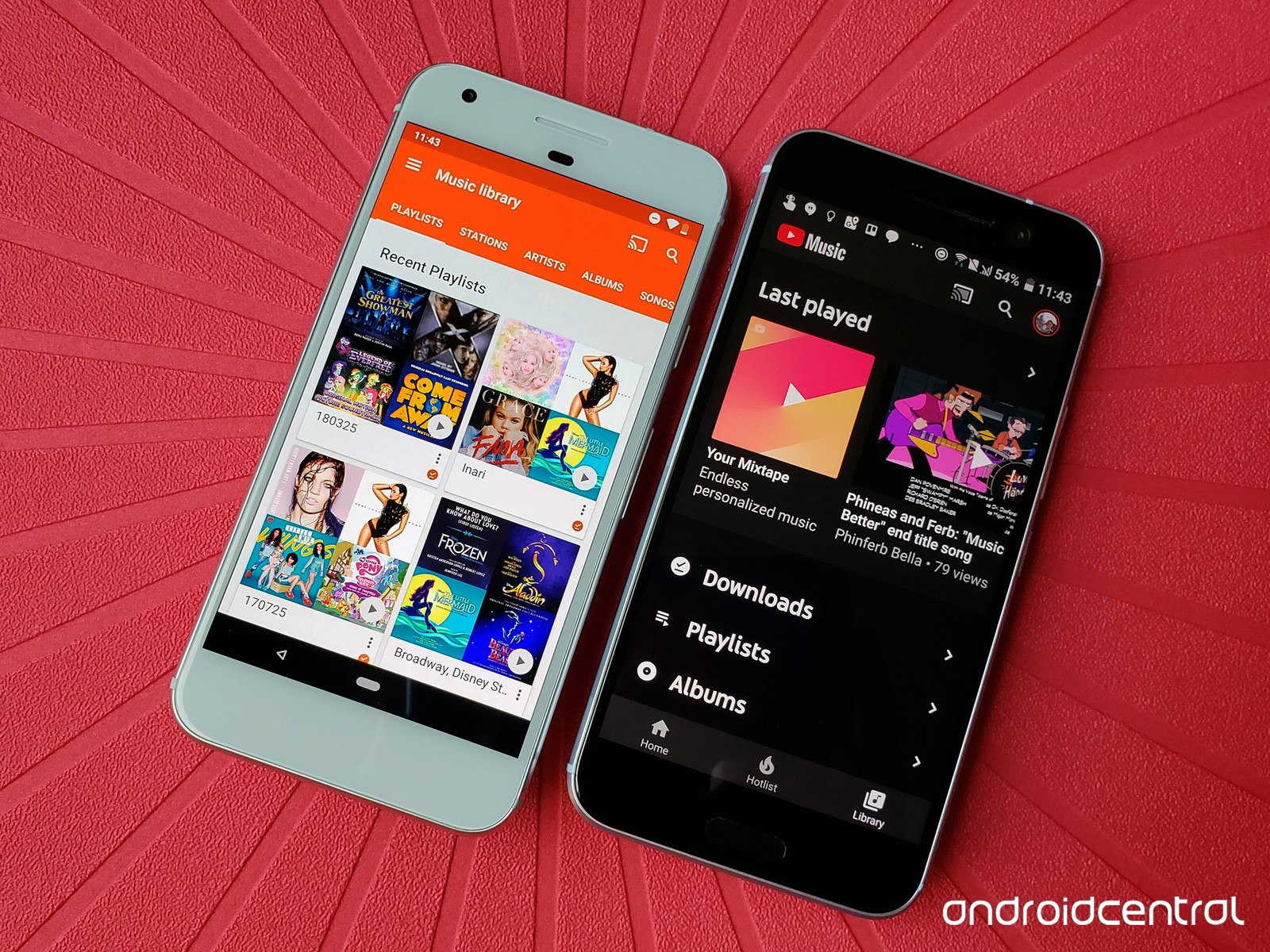chevron_left
-
play_arrow
NGradio So good... like you
Facebook Increases Transparency By Updating Video and Third-Party Viewability Metrics

share
close
In light of its recent video fiasco and growing pressure from advertisers to open up its so-called walled garden for more third-party verification, Facebook today is announcing a ton of changes to its measurement system.
Facebook has added a new metric called “video watches to 100 percent,” which tracks both completed views and completed audio. “Video watches to 100 percent” replaces a previous stat that was called “video views to 100 percent.” With the addition of the new metric, Facebook estimates that there will be a 35 percent increase in the count of watches to 100 percent.
Mark Rabkin, head of ads engineering at Facebook, told Adweek that his company has underestimated these views and is adding the new metric because, “when audio and video plays on the phone, sometimes the audio track and the video track get a few milliseconds out of alignment,” he said. “Then you have to make a choice—when do you count the video as finished? Is it when the audio track ends or when the video track ends?”
Facebook will provide new insights into campaigns, and it also cut deals with comScore and Nielsen to track display viewability.
Facebook initially began offering third-party video viewability about a year ago with Moat and Integral Ad Science and now plans to open up third-party display viewability to measure text and photo ads through its new partnerships with comScore and Nielsen. Similar to video viewability, display viewability will track when and how long ads appears on a page; these measurement offerings will begin rolling it out in the first quarter of 2017.
The display viewability stats will not change how marketers pay for ads. Instead, the goal is to give marketers more transparency and verification into their Facebook campaigns, which they can then analyze on their own through third-party partners.
“This is our No. 1 requested third-party verification feedback from clients,” Rabkin said. “Together, these four partners cover the vast majority of the market share in terms of what we’ve heard from our top customers and which providers they’re choosing to use.”
Facebook is also extending some viewability stats to non-advertisers so that publishers and users can track video views. As Facebook has grown as a video platform in the past few years, video clips have increasingly taken over more real estate in news feeds, causing publishers and brands to crank out custom content for the site. However, up until now, publishers and brands have not been privy to some of the same stats that advertisers get access to.
Now, Facebook video and Facebook Live video will be counted in Nielsen’s digital content ratings in a way “that’s comparable to television,” Rabkin said.
More metrics issues
In addition to new viewability options, Facebook is also working to become more transparent about its stats after reporting it found a few mistakes recently that could lead to big changes for marketers. All told, Facebook’s ads manager provides advertisers with more than 220 metrics, Rabkin said.
Most notably, Facebook reports that it found a bug with one metric that miscalculated organic daily reach for Pages. Up until now, Facebook has reported daily reach as the sum of daily users that visit a Page over weekly or 28-day time periods. However, that stat does not account for users who visit a Page multiple times. So the same folks were sometimes getting counted again and again. Going forward, reach stats will factor out repeat visitors, which Facebook estimates could cause weekly visitor counts to decrease by 33 percent and 28-day visitor stats to shrink by 55 percent. The company said it expects to fix the issue in the coming weeks.
“We intended for that total to be de-duplicated for repeat visitors, but instead in that one summary number repeat visitors were counted,” Rabkin said. “All of our reach data that we show on Page view insights was unaffected and all the underlying data is fine.”
Also on Pages, Facebook is beginning to calculate reach counts based on viewability. Previously, Facebook has tracked reach count based on when someone refreshes the news feed and a post is placed in a feed—now it will track views under stricter viewability guidelines. Under Facebook’s current guidelines, that means reach count will be calculated instantly when a post appears in a news feed or after it’s been viewed for 10 seconds. With stricter rules, Facebook warns marketers that they may see up to a 20 percent dip in reported reach, and it plans to make the update in the coming months.
In terms of Instant Articles, Facebook’s fast-loading mobile pages for publishers, the company claims that it has overestimated the average time spent per article by 7 percent to 8 percent since August. Facebook says it miscalculated the number because it was using a histogram of average time spent instead of calculating the average time spent reading an article divided by total views.
For the past nine months, Facebook has worked on clarifying the vernacular of its metrics to make terms easier for marketers to understand, with a few of those changes being announced today. For example, the term “three-second video view” is replacing the more generic “video view,” and “website view of content” is replacing “view content.” With video views, Facebook is tacking on the word “aggregate” to its three-second, 10-second and 30-second definitions of video views to explain to marketers that these views represent at least—and possibly a bit more—the specified number of seconds.
Marketer feedback
To convey all of this across to the advertising community, Facebook is launching a measurement council that consists of agency, brand and tech execs who will regularly discuss measurement issues like viewability, attribution and video standardization issues. Facebook says that it will announce the measurement council’s members in the coming weeks.
Facebook is also launching a new blog called Metrics FYI that’s similar to Facebook’s News Feed FYI blog, but it will focus specifically on measurement changes.
Facebook already has a group called Client Council that entails brand CMOs and agency leaders that give input about the site’s advertising options. There are even regional and global councils.
“Our goal is to collect back what are the most pressing issues for our customers right now—some of them are, of course, already known, and then we’ll be working from there,” Rabkin said. “I think the primary focus will be representatives from agencies and the large advertisers who actually have to integrate these measurement results into their real business outcomes. But of course, we’ll have representatives and feedback on the council about the whole flow and everyone who is helping out at every step of the way.”
Source: adweek.com
Written by: New Generation Radio
Rate it
Similar posts
ΔΗΜΟΦΙΛΗ ΑΡΘΡΑ
COPYRIGHT 2020. NGRADIO




















Post comments (0)